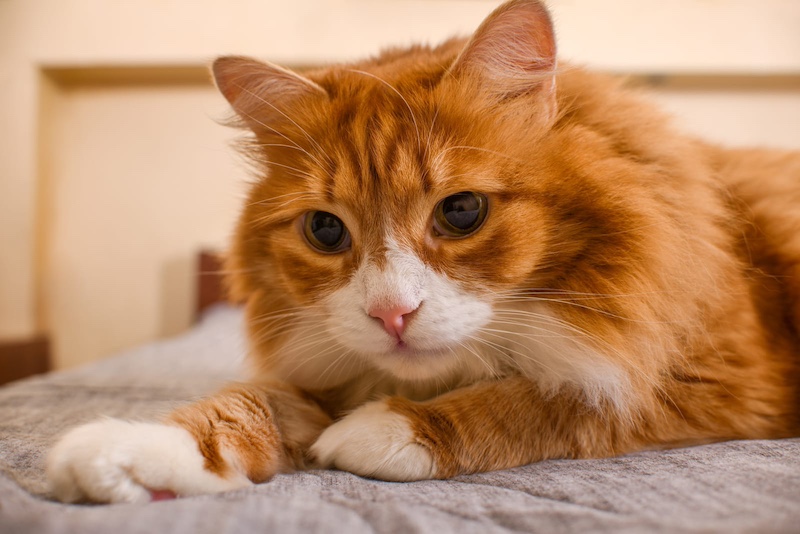The soothing sound of a cat’s purr is one of the most comforting and recognizable noises in the animal kingdom. However, there is much more to a cat’s purr than meets the ear. Here are ten fascinating facts about your cat’s purr that you might not know.
1. Purring Begins at Birth
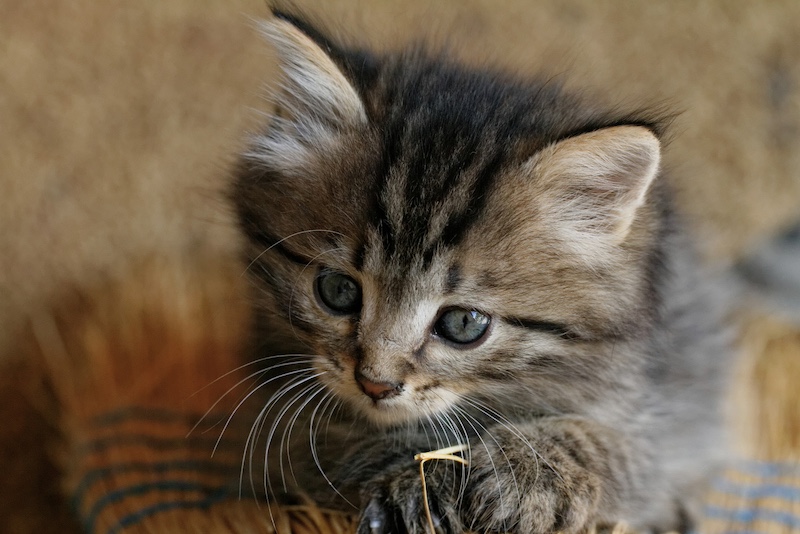
Kittens start purring when they are just a few days old. This early purring is a way for kittens to communicate with their mother, indicating they are content and healthy. The mother cat also purrs back to reassure her kittens and to guide them when it’s feeding time.
2. Not All Purrs Are the Same
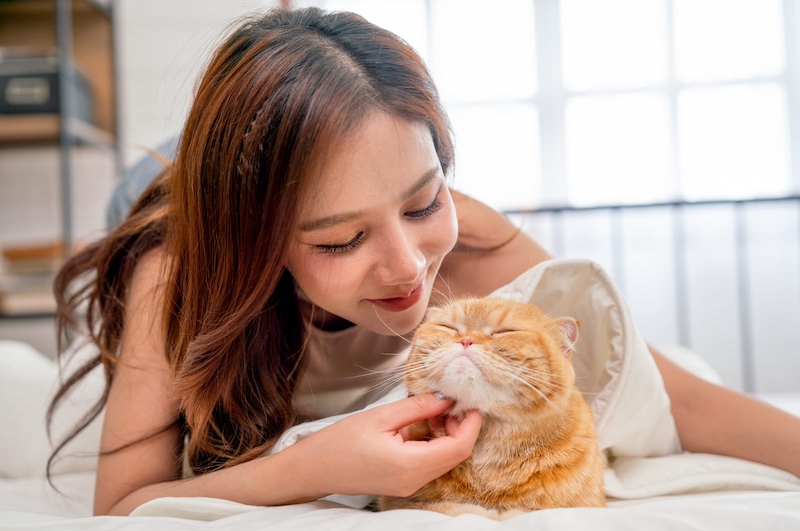
While most people associate purring with a cat being happy, cats also purr in other situations. Cats can purr when they are frightened, in pain, or even when they are close to death. This type of purring is believed to be a self-soothing mechanism that helps them remain calm.
3. Healing Properties of Purring
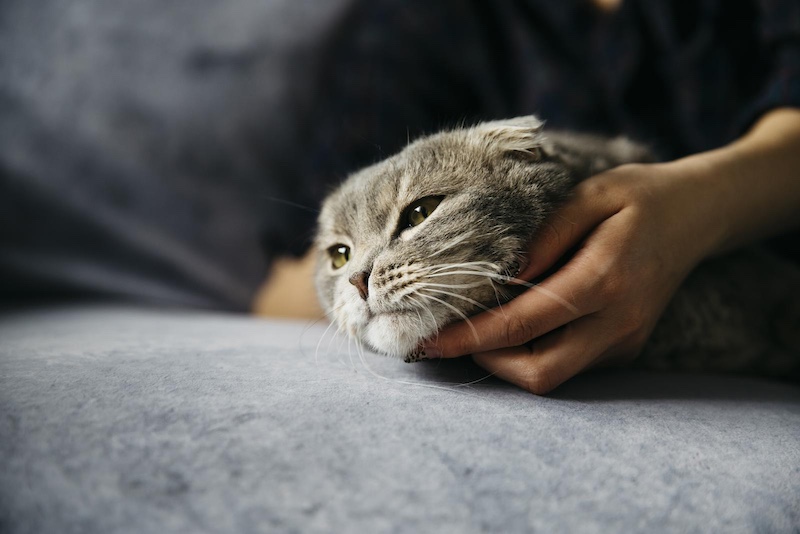
One of the most extraordinary facts about purring is its potential healing properties. The frequency of a cat’s purr, typically between 25 and 150 Hertz, has been shown to promote healing in bones and tissues. Some researchers believe that purring helps cats recover from injuries and might even help humans who are regularly around purring cats.
4. Communication Tool
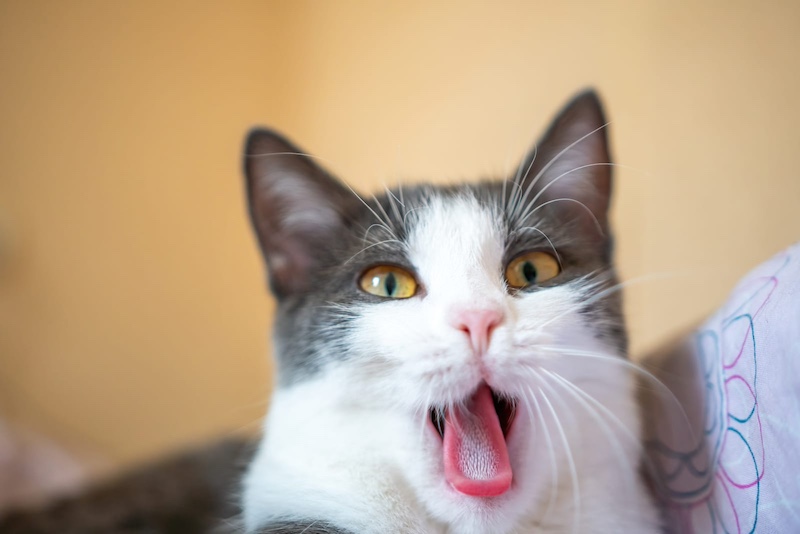
Cats use their purr to communicate with their human companions as well as other cats. A specific type of purr, known as the “solicitation purr,” is used to ask for food or attention. This purr includes a higher frequency sound, similar to a baby’s cry, which humans find hard to ignore.
5. Purring Is an Energy-Efficient Way to Communicate
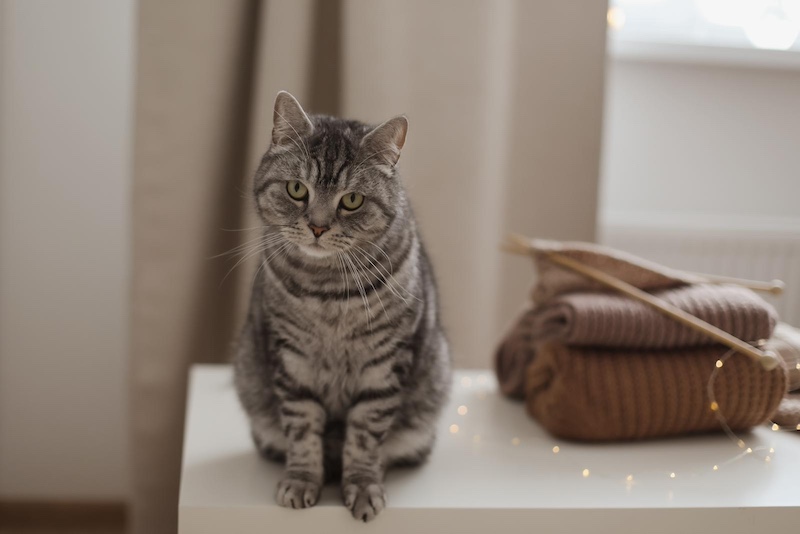
Cats purr with a consistent, rhythmic pattern without using much energy. This efficiency allows them to maintain communication with their mothers and human companions without exerting themselves, which is especially important for wild cats that need to conserve energy for hunting.
6. Purring Could Be a Sign of Contentment or Stress
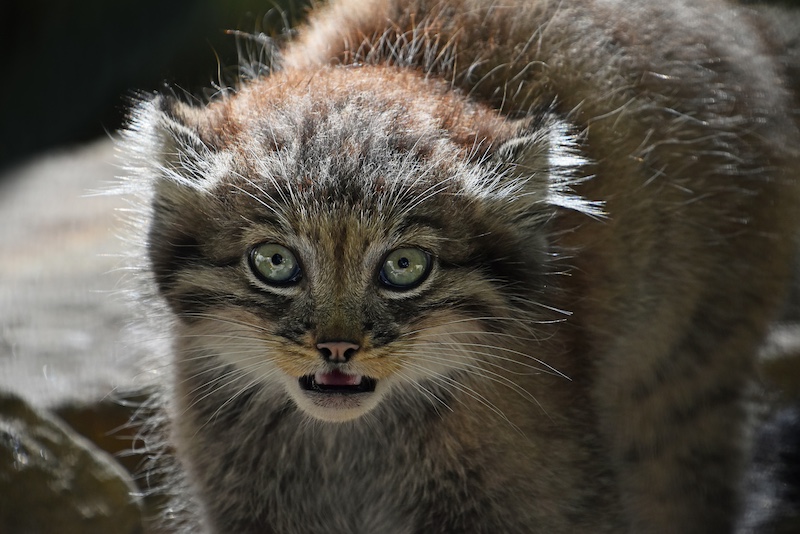
While a purring cat on your lap is usually a sign of a happy and content pet, cats also purr when they are stressed or feeling unwell. If your cat is purring but showing other signs of distress, such as hiding or refusing to eat, it might be best to consult a veterinarian.
7. Purring Can Be a Form of Exercise
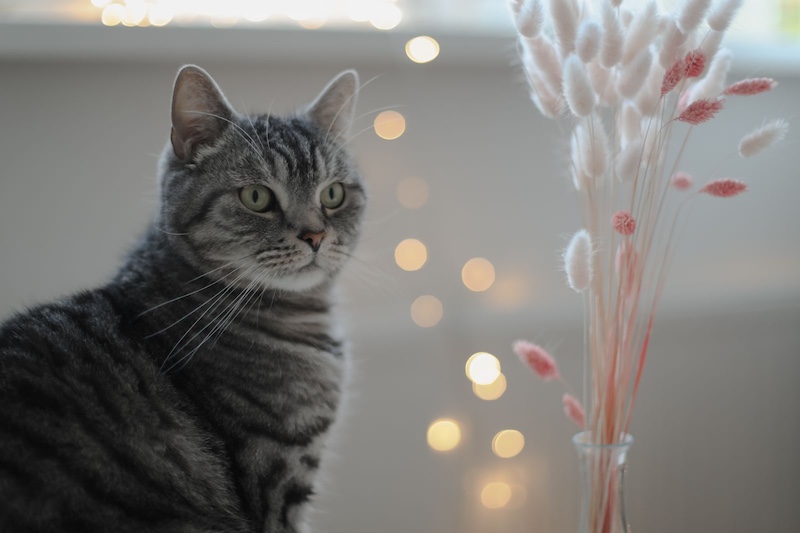
Cats use purring as a form of low-level exercise. The vibrations caused by purring help stimulate the cat’s muscles and bones, keeping them in good condition. This is particularly beneficial for older or less active cats, as it helps maintain muscle tone and bone density without the need for extensive physical activity.
8. Purring Mechanism
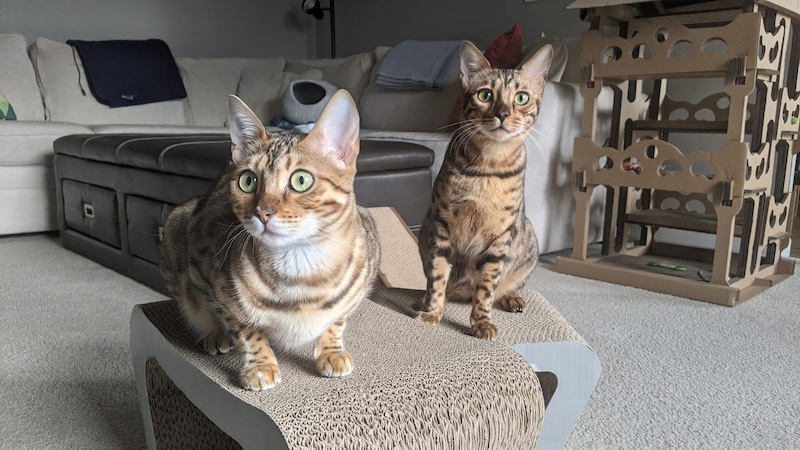
The exact mechanism of purring is still a subject of research, but it is believed to involve the rapid movement of the muscles within the cat’s larynx (voice box). These muscles dilate and constrict the glottis (the space between the vocal cords), creating the sound we recognize as purring.
9. The Frequency of the Purr
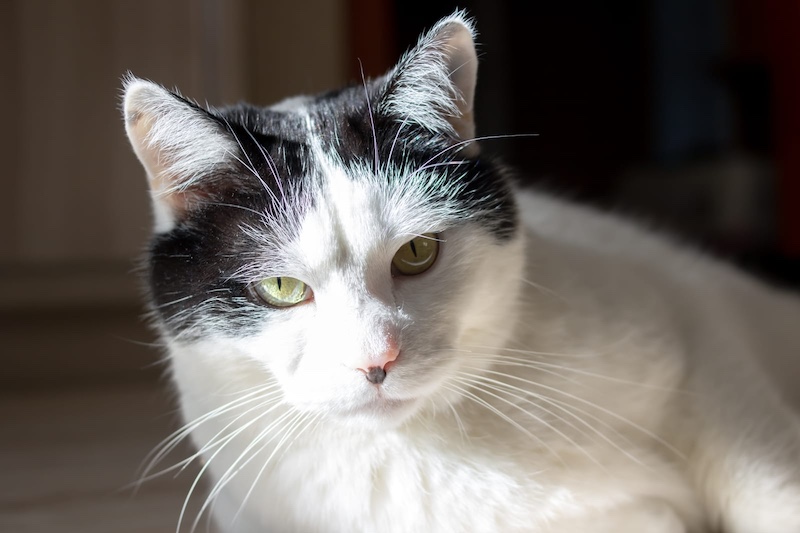
Cats purr at a frequency that ranges from 25 to 150 Hertz. This range of sound frequency has been associated with various therapeutic effects, such as the healing of bones and the reduction of pain and inflammation. This might explain why cats seem to bounce back from injuries faster than other animals.
10. Purring in Big Cats

Not all big cats can purr. While cheetahs, bobcats, and cougars can produce a purring sound, lions, tigers, and leopards cannot purr continuously. Instead, they produce a sound similar to a purr when they exhale, but it is not the same continuous purr as seen in domestic cats.

